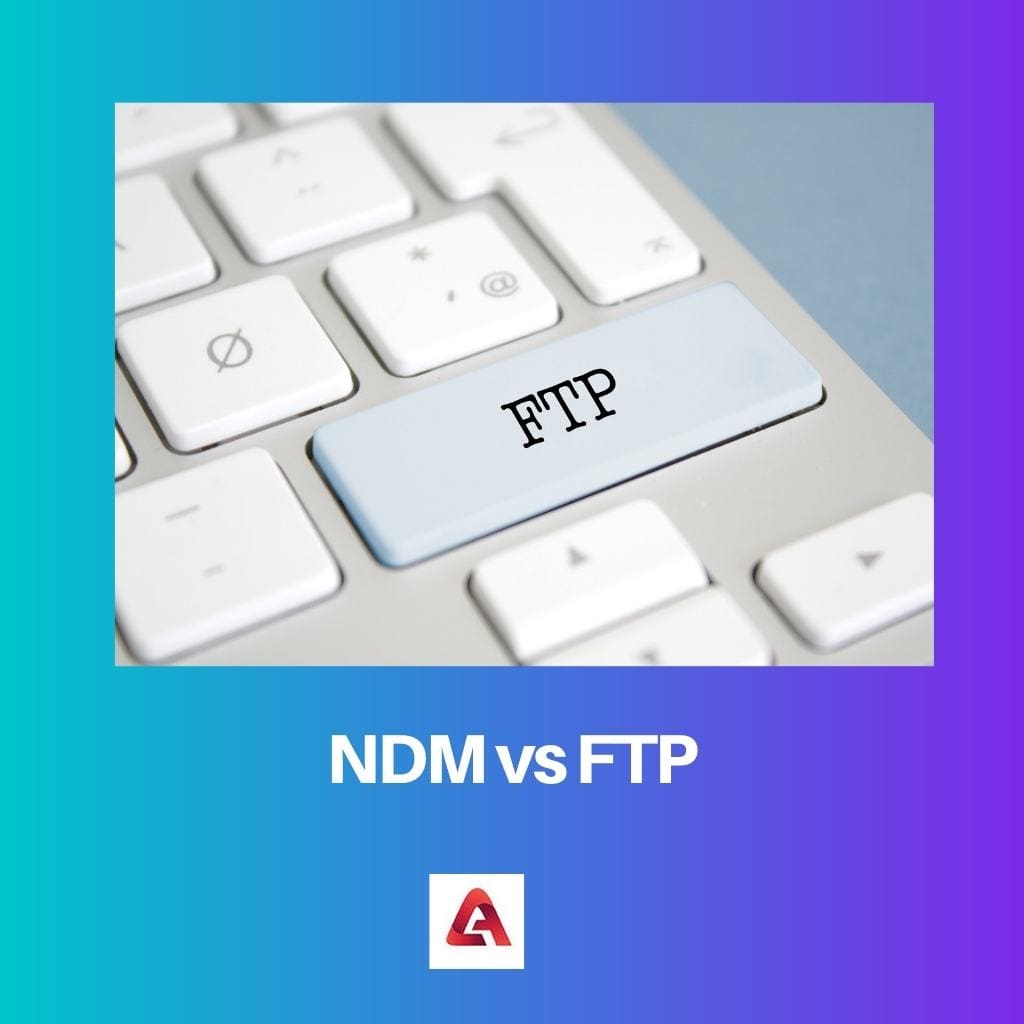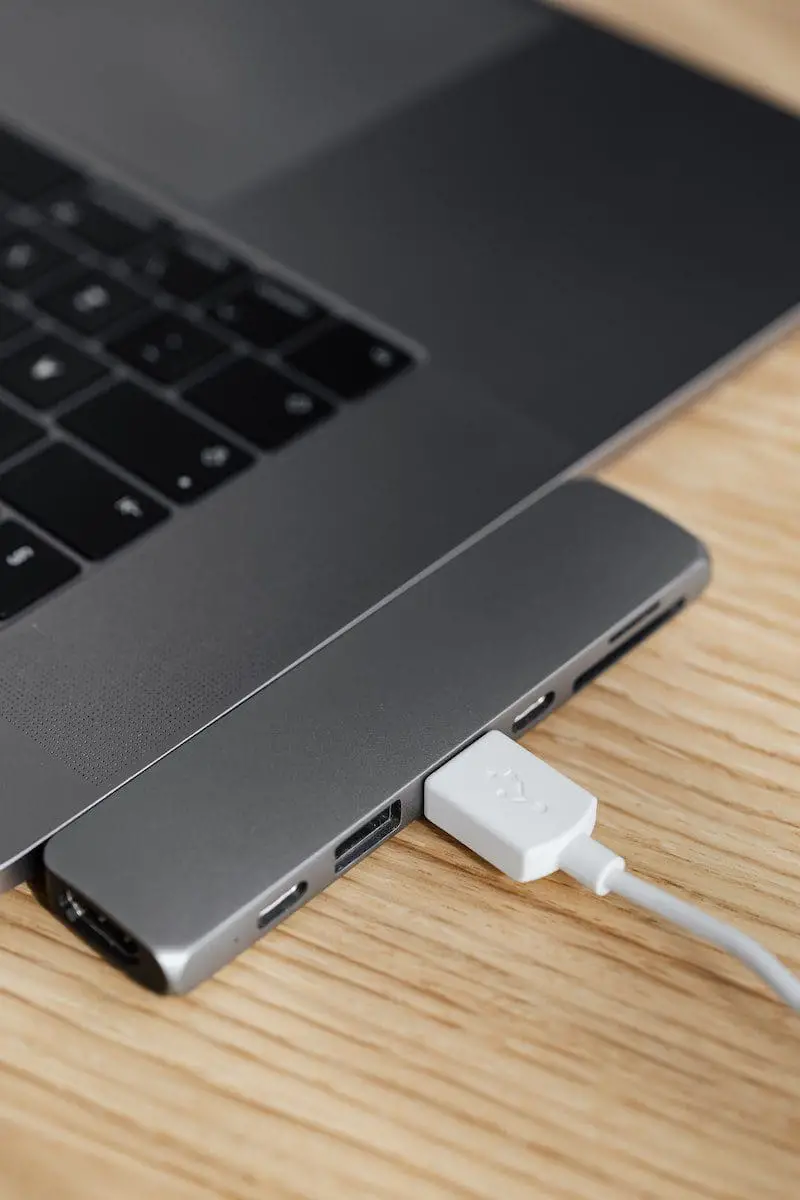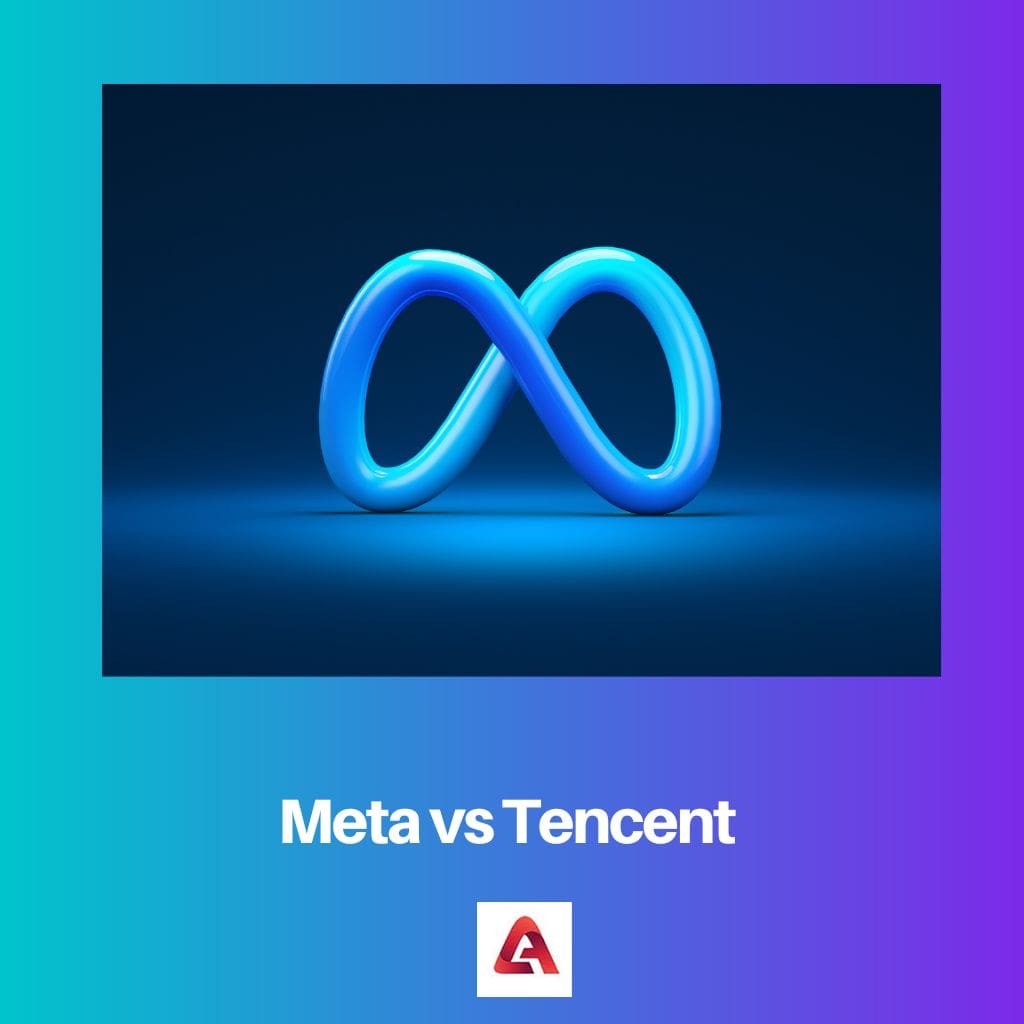Files can be exchanged or transferred in more than one way. However, there are different protocols you need to go through to make these transfers easy. NDM and FTP are both used to transfer files.
This is what makes it hard to distinguish between the two of them. People end up getting confused about the uses of these two.
Key Takeaways
- NDM (Network Data Mover) is a file transfer protocol that guarantees delivery, integrity, and security, while FTP (File Transfer Protocol) is a standard protocol for transferring files between computers.
- NDM uses a dedicated network connection, which makes it more secure and reliable, while FTP uses an internet connection, which may be less secure and reliable.
- NDM is more suitable for transferring large files and data sets, while FTP is more appropriate for transferring small files and simple file transfer tasks.
NDM vs FTP
NDM (Network Data Mover) and FTP (File Transfer Protocol) are techniques for transferring data across a network. NDM is a quicker and more secure protocol suited for massive file transfers. FTP is a commonly used protocol that requires more setup but is easier to use.

Comparison Table
| Parameters of Comparison | NDM | FTP |
|---|---|---|
| Full form | The full form of NDM is Network Data Mover. | The full form of FTP is File Transfer Protocol |
| Cost | The cost of NDM is relatively high | The cost of FTP is not so high. |
| Provision | NDM is known for providing encrypted high data security. | FTP does not provide encrypted high-data security |
| Data | NDM is known for compressing data | FTP cannot compress data. |
| Function | The checkpoint restart option is a choice you can opt for in NDM. | FTP does not provide any such options. |
What is NDM?
NDM or Network Data Mover is a software product that mainly aids in the transfer of different files from mainframe or midrange computers. Initially, it was designed just for the mainframes, but as time passed and technology expanded, other systems were incorporated too.
NDM is now named Connect: Direct. 1993, Sterling Software took over Systems Center Inc., resulting in a sudden name change. The method was advantageous and immediately became more popular than FTP, making the work easier and more reliable.
There are a lot of benefits to using this software. Some of them are:
- The file delivery is reliable: With provisions for systems like automatic scheduling and checkpoint restart. It also has some automatic recovery options ensuring the files are delivered properly.
- It also guarantees file transfer securely. It takes care of every measure and keeps customer details safe and private.
- It can handle a lot of workloads. No matter how big your files are, this software can transfer them with easy and quickly. It can take care of all of your demands. NDM can do it all, be it a small or large file worth hundreds of gigabytes.
- It is relatively easy to use. The installation process is easy, and the time taken is less.
- The security system is considered quite advanced and high with encryption.
- It is available through different platforms like Microsoft Windows, Linux, IBM z/OS, etc.
There are two types of Connect: Direct servers- PNODE and SNODE. PNODE stands for primary Connect: Direct server, while SNODE stands for secondary Connect: Direct server.
SNODE is mainly responsible for receiving all the files that have been transferred and placing them in their designated local files.
In simple words, we can say that the NDM transfers various files between different enterprises or sometimes even with the same enterprise. IBM App Connect Enterprise and IBM Sterling use this technology.

What is FTP?
The protocol to transfer different files between a server and a client or vice versa in the computer networking system is known as File Transfer Protocol or FTP.
Its entire architecture is a client-server model. Different data and control processes or connections are used in this data transfer between a server and a client. It uses a standard authentication protocol that requires the user to sign in to the network with a password and username.
SSL/TLS (FTPS) secures the File Transfer Protocol. Initially, the software was operated using command-line programs. But, as technology advanced, graphical user interfaces were introduced in the different operating systems. HTML Editors have incorporated FTP in their work.
There are different types of FTP.
- FTP: This is the standard File Transfer Protocol used to transfer various files.
- FTPS: FTP Secure is more like an extension supporting the different security protocols.
- FTPES: Explicit FTP is almost identical to that of FTPS. It has similar roles, too, but the area of the application might be different.

Main Differences Between NDM and FTP
- NDM offers many features and controls, such as audit and logging. It has some elaborate processes for such features. On the other hand, FTP does not contain any control or elaborate processes.
- When tackling large data packets, NDM is way more useful. Its features are fully automated, making it an asset in such cases. But, FTP does not work so efficiently. You must follow up on every step during the transfer and download of different files.
- Encryption comes free with NDM. So, it promises completely secure data. On the other hand, FTP does not guarantee total security. But, it does possess an option for encryption that could enhance the data security a bit.
- Since NDM uses compressed data, as stated before, incredibly low bandwidth is used by it. The data used by FTP is not compressed, so the bandwidth used by FTP is quite high.
- Services included in the NDM comprise both post and pre-processing features. On the other hand, FTP only includes post-processing features.




